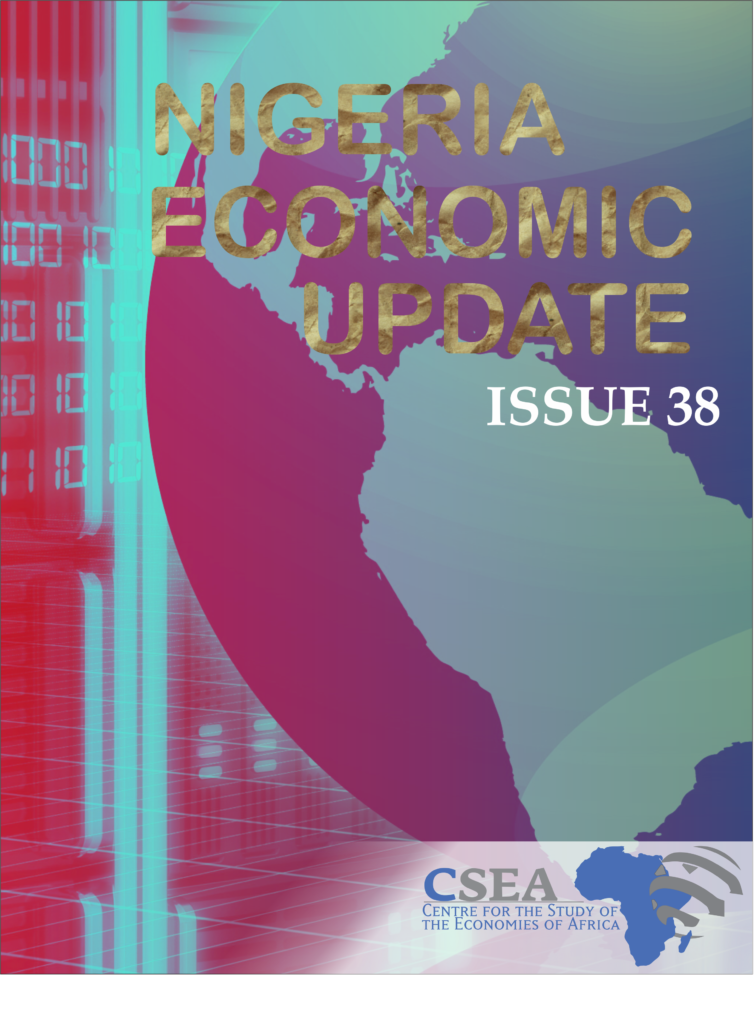The 2017 budget implementation report shows a paltry average performance in 2017, compared to the projections contained in the budget. The actual oil and non-oil revenue generated were N1.1 trillion and N957 billion respectively, considerably below the projected figures of N2.1 trillion1 and N1.4 trillion. Other revenue sources brought the total revenue generated to N2.7 trillion. However, on the expenditure side, the combination of personnel expenditure and debt repayments amounted to N3.5 trillion, which exceeded total revenue by N885 billion. This implies that Nigeria borrowed to pay salaries and service debts in 2017. As long as the culture of making unrealistic budget projections continues, we expect to record low budget implementation going forward. To address the wide gap between actual and expected budget performance, better forecast of future revenue alongside making less ambitious spending plans is critical.
Macroeconomic Report & Economic Updates

October 4, 2018
Nigeria Economic Update (Issue 38)
The 2017 budget implementation report shows a paltry average performance in 2017, compared to the projections contained in the budget. The actual oil and non-oil revenue generated were N1.1 trillion and N957 billion respectively, considerably below the projected figures of N2.1 trillion1 and N1.4 trillion. Other revenue sources brought the total revenue generated to N2.7 […]
Read →
Related
Capital Importation And Budgetary Allocation
Capital Importation: Foreign investment into the agricultural sector was relatively flat between 2007 and 2012 but gained unusual momentum in September 2015. The spike in 2015 is likely driven by the
Nigeria Economic Chart Pack (2016H1)
The Nigeria Economic Chart Pack is a graphical display of relevant and periodic data to capture trends in the domestic economy. The report aims to illustrate the changes in economic trends with the aid of descriptive charts and a short note that describes the trend and drivers for the graphs.
Nigeria Economic Update (Issue 9)
The naira depreciated by 8.2 percent from
N305/$ on February 5th, to N330/ $ on February 12th 20166. The apex body identified the
increased domestic demand for forex to pay for foreign medical treatments and
schools fees (15 percent of total demand) 7 as the main drivers. As
a result, the apex bank is considering to discontinue the provision of forex for
payment of medical bills and school fees abroad and to re-channel the forex
towards the manufacturing sector of the economy. With the continuous
depreciation of the naira, and the CBNs resistance from calls to devalue the
currency, the options for alternatives measures seem to be diminishing.
